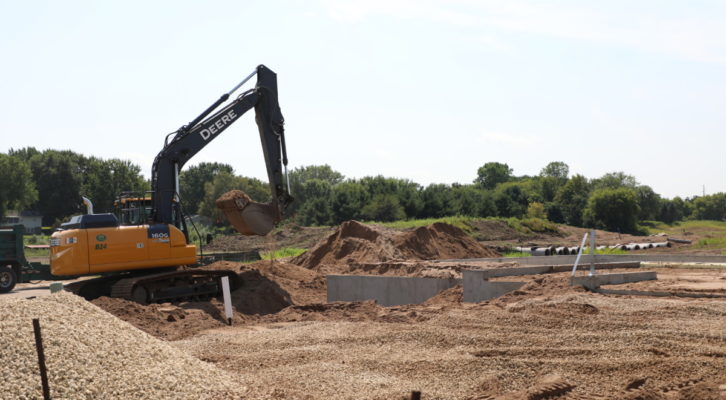The US unemployment rate recently fell to 3.7%, a rate last seen in 1969. This very low rate is giving the Fed and many other market watchers reasons to worry that the labor market, and thus the overall economy, may be overheating. While it is true we are late in a business cycle, labor market indicators suggest that we are not as late as we may think. To be precise, job growth remains too high, wage growth remains too low, and the employment rate still has room to rise before we run out of workers and hit full employment.
Over the past year, the US working-age population has grown by about 225,000 a month. Given that 60.4% of that population works, that means the US economy needs to create 136,000 jobs/month to keep the unemployment rate stable. However, over the past three months job growth has averaged 218,000/month, and over the past year 211,000/month. As a result, the economy is creating more jobs than required to simply absorb new labor market entrants. This alone suggests that the economy is not at full employment. When we reach full employment, net new job growth will settle at or about 136,000 jobs/month.
Another sign that we are not on the verge of an overheated labor market is that wage growth remains quite subdued. When an economy is short workers, employers compete for scarce labor, and in the process push up wages, causing inflation to rise. But we see none of that. Over the past year labor productivity growth has been 1.3%, and if you add to that the Fed’s 2% inflation target, you get 3.3%. Wage growth below 3.3% will not cause inflation to increase. And, sure enough, wage growth over the past year has been just 3.1%. If the economy really was overheating, wages would be growing at a much faster rate.
Another clue that the labor market will not seize up anytime soon is that the percentage of working Americans at 60.4% remains well below its pre-recession peak of 63.4%. While a return to 63.4% is unlikely, due to an aging population, more persons going to college, and a few other factors, the rate has been steadily rising since hitting a cyclical low of 58.2% in July 2011. Moreover, the percentage of 25 to 54-year-old persons (those of prime working age) that are working has been rising for almost eight straight years but is still full one percentage point below its pre-recession peak of 80.3%. As a result, I suspect that the percentage will rise at least a bit higher before it tops out.
Lastly, the unemployment rate is no longer as good a measure of labor force slack as it was in the past. Here is one example why: Until recently, finding part time work that still allowed one to go on job interviews was virtually impossible. Thus, many who looked for a job were out of necessity unemployed. Today, with platforms such as Uber, TaskRabbit, Fiverr and others, one can be employed while actively looking for a more suitable full-time job. As a result, comparing the low unemployment rate of today to similar rates in the past will lead one to conclude that the labor market is tighter than it really is.
Despite a near fifty year low in the unemployment rate, because of technological changes and a careful reading of demographics and data, it seems that the labor market still has some room to vigorously expand before monthly employment growth must slow. As a result, the Fed need not worry that the 3.7% unemployment rate is indicative of an economy that is about to overheat due to a worker shortage – yet.
Elliot Eisenberg, Ph.D. is President of GraphsandLaughs, LLC and can be reached at Elliot@graphsandlaughs.net. His daily 70-word economics and policy blog can be seen at www.econ70.com. You can subscribe and have the blog delivered directly to your email by visiting the website or by texting the word “BOWTIE” to 22828.















